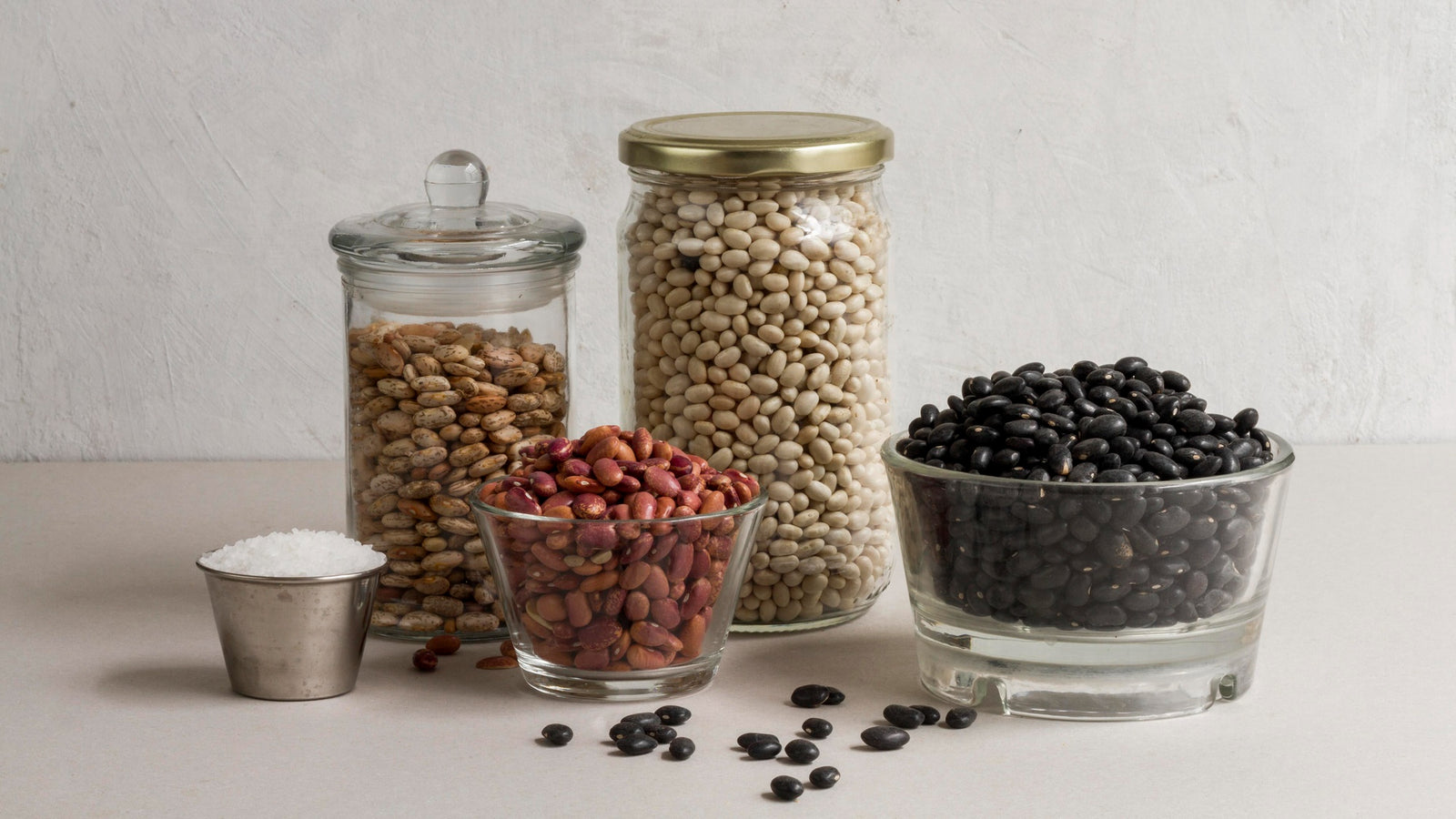
March 11, 2024 3 min read
In the vibrant realm of whole grains, amaranth and hulled millet stand as nutritious contenders, each bringing its unique set of flavors, textures, and health benefits to the table. As we embark on a culinary journey exploring these grains, we unveil the diversity they offer, inviting you to discover the distinct qualities that make amaranth and hulled millet valuable additions to your plate.

A Tiny Seed with a Mighty Nutrient Profile: Amaranth, often referred to as an ancient grain, is not technically a grain but rather a seed. Don't let its small size fool you; amaranth packs a powerful punch of nutrients. Rich in protein, fiber, and essential vitamins and minerals, it stands out as a complete protein source, making it a crucial addition for those seeking plant-based protein alternatives.
Versatile in the Kitchen: Amaranth's versatility in the kitchen knows no bounds. Whether enjoyed as a porridge, added to soups, or popped like popcorn, its earthy and slightly nutty flavor enhances a variety of dishes. As a gluten-free option, amaranth flour can also be used in baking, adding a nutritious twist to your favorite recipes.

A Grain with Global Roots: Hulled millet, with its origins dating back thousands of years, has earned its place as a staple in various global cuisines. This small, round grain is a powerhouse of nutrients, offering a good source of fiber, B vitamins, and essential minerals. Its mild, slightly sweet flavor makes it a versatile canvas for both sweet and savory dishes.
Adaptable and Comforting: Millet's adaptability in the kitchen shines through its ability to absorb flavors, making it a delightful addition to diverse recipes. Whether as a fluffy side dish, the base for a nourishing breakfast bowl, or a key ingredient in veggie burgers, millet brings comfort and nutrition to every meal.
Protein Content: Both amaranth and hulled millet boast respectable protein content, contributing to muscle development and overall body maintenance. Amaranth, however, takes the lead in protein quality, providing a more complete set of essential amino acids.
Fiber-Rich Goodness: Fiber is a crucial component for digestive health, and both grains deliver in this department. Amaranth and hulled millet offer a healthy dose of fiber, supporting a well-functioning digestive system.
Vitamins and Minerals: When it comes to essential vitamins and minerals, amaranth and hulled millet provide unique profiles. Amaranth is particularly rich in iron, calcium, and magnesium, while millet excels in providing niacin, thiamine, and folate.
Diverse Culinary Applications: Experimenting with amaranth and hulled millet opens the door to a myriad of culinary possibilities. Consider using amaranth in breakfast bowls, energy bars, or as a side dish. Millet, on the other hand, can shine in pilafs, salads, or even as a base for a comforting porridge.
Balancing Flavors and Textures: The interplay of flavors and textures between amaranth and hulled millet allows for creative combinations in your meals. The nuttiness of amaranth complements robust dishes, while the subtleness of millet pairs well with various herbs and spices.
Embracing Diversity for Holistic Well-Being
As we navigate the diverse landscape of amaranth and hulled millet, it becomes clear that these grains offer more than just nutritional benefits – they bring a world of flavors, textures, and culinary exploration to your plate. Whether you're seeking plant-based protein, experimenting with gluten-free alternatives, or simply adding variety to your meals, the inclusion of amaranth and hulled millet adds a wholesome dimension to your journey toward holistic well-being. Celebrate the diversity on your plate, savoring the unique qualities that amaranth and hulled millet contribute to a balanced and nourishing diet.
❤ Try our USDA certified Organic Hulled Millet and Amaranth Grain ❤
Realted blogs:
Recipes:
Comments will be approved before showing up.

April 24, 2024 3 min read
This article explores the unique characteristics and culinary uses of pinto beans, small red beans, and black beans. Highlighting their distinct flavors, textures, and nutritional profiles, the piece delves into how each bean fits into different regional cuisines and cooking methods. From the creamy texture of pinto beans in Mexican dishes to the firmness of small red beans in Caribbean meals and the robustness of black beans in Latin American recipes, this guide offers a comprehensive look at these versatile staples in global kitchens.

April 22, 2024 3 min read
This article traces the journey of organic kasha, also known as toasted buckwheat groats, from its cultivation as a seed to its role in sustainable agriculture and its culinary uses on the dining table. Highlighting the eco-friendly farming practices and nutritional benefits, it delves into how kasha supports both personal health and environmental sustainability. Rich in protein, fiber, and essential nutrients, kasha is celebrated for its unique flavor and versatility in dishes ranging from traditional Eastern European recipes to modern health-conscious meals.

April 17, 2024 3 min read
© 2024 Be Still Farms- Real, Fine Organics.
Privacy | Terms | Refund Policy | Organic Certification
